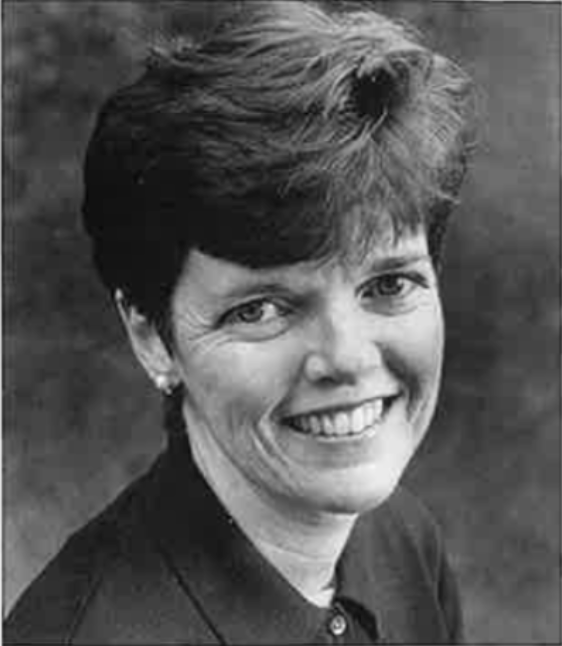In 1998, Alice McDermott’s fourth novel, Charming Billy, captured the National Book Award. Few were surprised. McDermott had previously been nominated for two Pulitzers and another N.B.A. But McDermott was so sure she wouldn’t win she didn’t prepare an acceptance speech. Standing in front of hundreds of the most powerful people in the world of writing, she gracefully improvised, joking, “I wouldn’t be true to my heritage if I though this was entirely a good thing… I will clutch onto my Irish humility with great vigor.”
McDermott describes the influence of the Irish love of words on her writing as “inevitable.”
Born in Brooklyn, New York, and raised on Long Island, McDermott is second-generation Irish. Her grandparents came from counties Mayo and Kerry.
“I knew we were Irish and I knew that Irish was the best thing to be,” she says. McDermott clearly draws on her childhood experiences in the Irish-American community for her novels, exploring such themes as religion, family, and alcoholism. Charming Billy arose out of the desire to individualize the stereotype of the Irish-American alcoholic.
Writing comes naturally to McDermott. She wrote her first novel when she was ten years old, and she was always the designated skit-writer in the all-girls Catholic high school she attended. She met her husband when she was attending the graduate writing program at the University of New Hampshire. He was a graduate student at Cornell Medical School. They married and moved to New York City, setting up home in student housing for married graduate students.
It was here that McDermott began to work on her first novel and pretty soon she had a contract with Houghton-Mifflin. Her first book, A Bigamist’s Daughter (1982), was followed by That Night (1987), a finalist for the National Book Award, and then At Weddings and Wakes (1992), and Charming Billy (1998).
McDermott remains refreshingly matter-of-fact about the cut-and-thrust world of publishing, and prefers to concentrate on the writing itself.
“So much of it is outside the work and I think, realizing that and taking that to heart makes it easier to put it all aside when it comes to the actual writing,” she says.
“For everyone who says ‘I love your work, there’s someone who says, ‘What? Are you kidding? And if you live and die by that, you’ve missed the point entirely.
What it comes down to is what words are put on the page. Once you’ve done that, it doesn’t change, but how it’s read and how it’s observed can change all the time. If you think of it [writing] as a constant truth, if that’s what you’re writing for, then nothing else matters.”
The mother of three boys, McDermott balks at portrayals which describe her as a housewife who turns to writing to escape the desolation of suburbia.
Her lifestyle, she says, is not something she has “fallen into,” but rather one she has deliberately chosen.
“I was a writer way before I had children, way before I moved back to suburbia, and will be no matter what the future brings,” she says firmly. One of the most striking features of McDermott’s writing is its wealth of detail and physical imagery.
Her finely drawn characters haunt you like a childhood memory. McDermott says that the visual nature of her prose is an aid to her when she’s actually setting the words down.
“For me it’s a way into the fiction,” she explains.
“To see clearly the worlds the characters exist in helps me to understand them. It sorts of goes back to a casting of a spell – if I can find the right physical details, then I can understand the characters in their world.
“It’s not so much a conscious choice of writing visually. It’s a way of entering the story that I hope, in turn, is a way for the reader to enter it. It gives me a door. I don’t write stories that are plot-driven and so I like being able to dwell in the place that the characters are. And I think the more sensu- ous it is, then the more access I have to these people’s lives.
“When I begin a day, I tend to rewrite what I’ve written the day before and add to it or take out as I need to. That’s a way of going down into the novel again, reentering it through the language – so I rewrite and rewrite.”


Leave a Reply